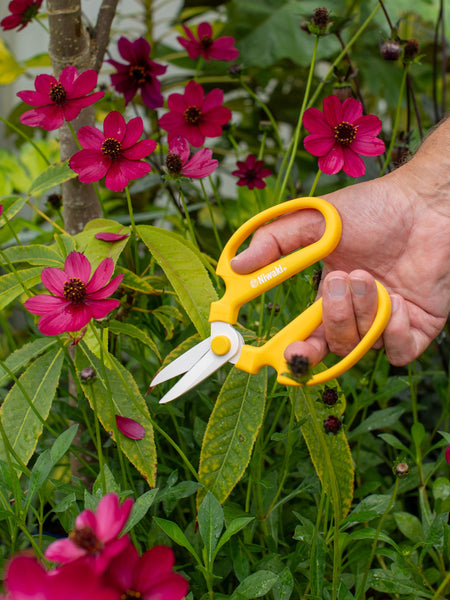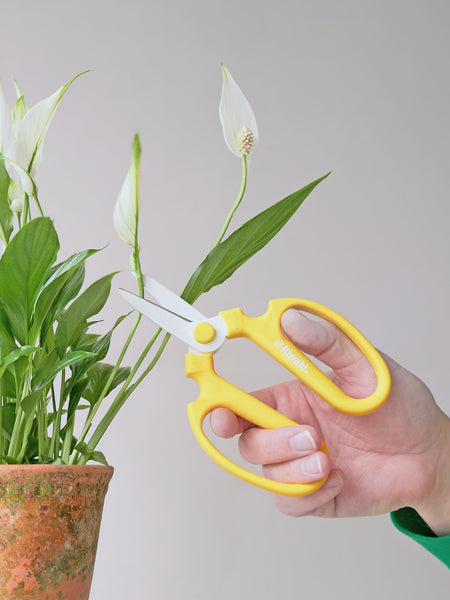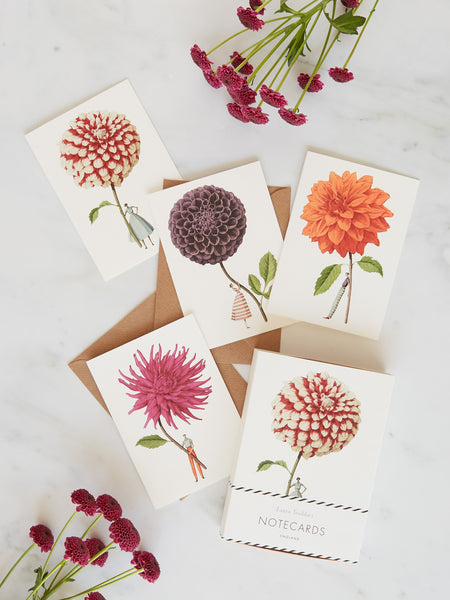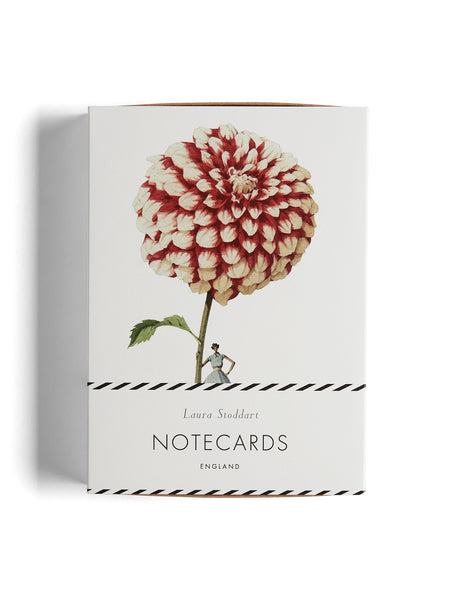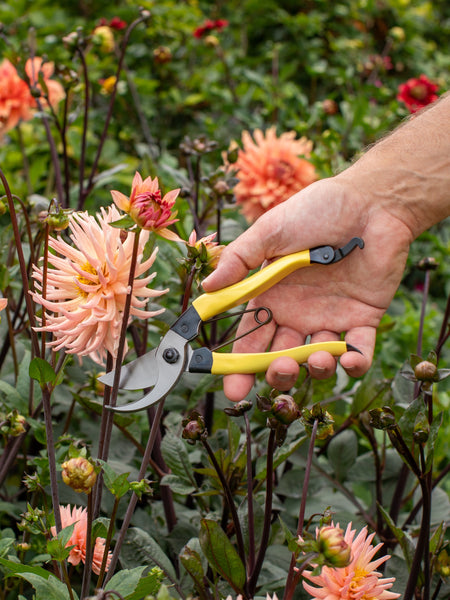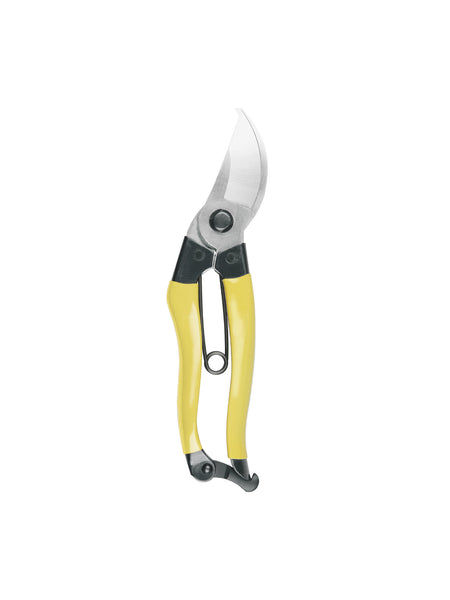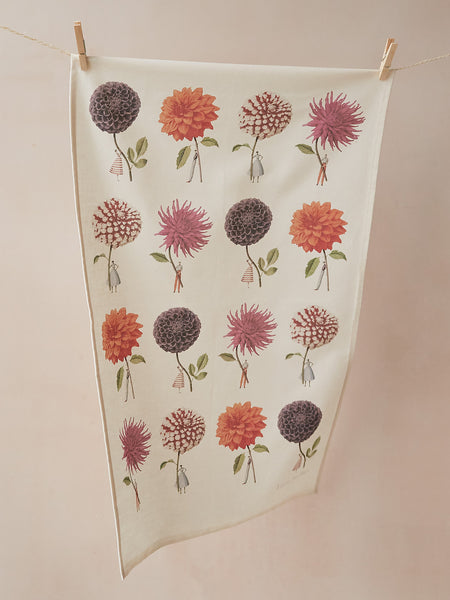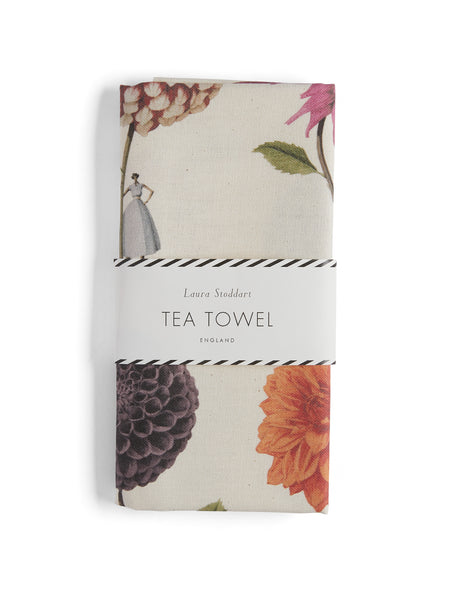Dahlias are among my favourite flowers. Why? Because they are strong, colourful garden plants that bloom for months on end. Their range of flower colours is almost limitless, making them adaptable to almost any planting scheme and superb for flower arranging. They’re inexpensive to buy and easy to grow, delivering more bang for your buck than almost any other perennial plant. The one drawback is that dahlias are prone to munching by slugs and snails, particularly during periods of damp weather. However, if you’re prepared to be vigilant when plants are small, the rewards are rich.
The time to start growing dahlias is in spring, but the opportunity to look around and see which varieties take your fancy is in late summer and autumn when gardens are in full bloom and Instagram is flooded with tempting images.
Where to start
There are four ways to get going with dahlias; all are super easy but tubers are the most common, economical and failsafe option.
- Tubers are chunky underground stems that plants have evolved to store nutrients - potatoes and yams are also tubers. Dahlia tubers are commonly sold in spring and can be started into growth by potting them in multipurpose compost and keeping them somewhere warm and light until they produce green shoots.
- Rooted cuttings, in my view, produce the most vigorous plants and abundant flowers in their first year. They’re generally sold by specialist growers via mail order and delivered in late spring.
- Seeds are a cheap way to produce a lot of dahlia plants. However, dahlias are genetically unstable plants: that’s why there are tens of thousands of varieties on record. When you grow from seed, there’s no telling exactly what you are going to get but the results can be fun and surprising.
- Garden-ready plants are an expensive way to start but brilliant if you need instant impact or want to be certain what you’re getting. Dahlia plants start to be offered for sale from June onwards, once it’s safe to plant them outside.
However you begin, you’ll end up with tubers at the end of your first growing season. Those tubers can be divided to create more plants if you wish. As such, dahlias are usually grown as perennials (i.e. they will come back every year) rather than annuals (one-season wonders).

What dahlias need
Understanding where plants originate often gives clues about how to look after them. Dahlias come from the valleys of Mexico and Central America so, unsurprisingly, they are tolerant of heat and humidity but not of cold and wet, especially when combined. Keep dahlias protected from frost in spring and they’ll romp away happily until the first cold snap in autumn, often blooming until November or December. When frosted, all above-ground parts of a dahlia will turn black and limp and that’s game over for the year.
Winter protection depends on where you live, how much time you have and how risk-averse you are. In the south of England, it’s sufficient to cut the blackened tops off at ground level, put a 5cm+ mulch of compost over the tubers and leave them in situ. The odd dahlia might perish if it’s a cold, wet winter, but you’ll save yourself a lot of time and effort by leaving them alone. Further north, or in wetter counties, it can be safer to dig the tubers up, knock off any excess soil and store them somewhere frost-free, dry and dark until April when you can pot them up in fresh compost and begin again. If you’re not sure, ask an experienced gardener in your neighbourhood what they would do.

Dahlias are not too fussy about soil type, but they prefer at least 6 hours of sunshine a day, lots of nourishment and plenty of water. Add compost or well-rotted manure before planting and use a high potash feed (tomato food is good) as soon as flower buds start to appear. Good drainage increases their chance of survival. In heavy, soggy clay they may rot over winter or be slow to get started in spring.
Dahlias can be grown in pots but it’s best to choose varieties that grow less than 60cm tall. They will grow happily mixed with other plants but give them plenty of light, water and food to keep them healthy and covered in flowers.
One small tuber or tiny seed can produce a lush plant over 2m tall in one year with flowers 30cm across. Staking plants with canes or supporting them with netting is essential for all but the shortest varieties. Once they’ve toppled over it can be hard to get them looking neat and tidy again.
Deadheading your dahlias is important. Removing spent flowers with snips or secateurs encourages the production of more and more flowers. Not removing them encourages seed production and flowering will cease prematurely. Telling the difference between a dahlia bud and a seed head can be difficult if you’re new to dahlia growing. The good news is that it’s easy to tell and difficult to get wrong. If the object at the end of the stem is firm and rounded, like a shiny pincushion, that’s a bud - don’t cut this off (stem pictured on the right). If it’s elongated, pointed and squishy, that’s a seed head - remove this unless you’re deliberately saving the seed (stem pictured on the left).

If you want to bring your dahlias indoors, choose blooms that are already 30-50% open. Cut them first thing in the morning or last thing in the evening and put the stems straight into a bucket of deep, cold water. Re-cut the stems when you’re ready to arrange them. The flowers will last between 3 and 5 days, 7 at most.
If you’ve attempted growing dahlias before, you will know that controlling slugs and snails can be a real challenge. Deal with them however you wish - there’s no cast-iron method of stopping them in a garden situation. You have to be vigilant at all times, but especially after dark and in wet weather. Your dahlias will stand a good chance of survival if you start them off in pots, wait until they’re 30cm tall before planting out and position them so that the foliage isn’t touching anything else.
It's worth noting that dahlias are not toxic to humans - indeed the petals and tubers are considered edible - however cats and dogs may suffer from an upset tummy if they eat any part of the plant.

Rewarding varieties to start with
There are estimated to be over 50,000 varieties of dahlia. Unlike other plants, they’re all pretty straightforward to grow and so your choice comes down to height, colour and flower shape. Single dahlias are considered to be more bee and butterfly friendly because their pollen-covered stamens are exposed and easy to forage from. However, we find ample bees visiting our double dahlias, sometimes taking a sleep in the cool shelter of their blousy petals.
If you’d like to know a few of my favourites, here they are!
- ‘Waltzing Mathilda’ - bronze foliage and single, slightly wild, sunset-coloured flowers.
- ‘Twyning’s After Eight’ - deep, chocolate-brown foliage and simple white flowers. Very stylish.
- ‘Christopher Taylor’ - extraordinary cerise flowers shaped like an exotic waterlily.
- ‘Glorie Van Heemstede’ - a wonderful, old-fashioned, luminous yellow dahlia that flowers and flowers and flowers.
- ‘Magenta Star’ - bronze foliage with single magenta flowers. Striking and much sought after.
- ‘Penhill Dark Monarch’ - monster blooms in shades of raspberry, peach and plum.
- ‘Megan Dean’ - neat, lavender-pink blooms on long stems perfect for cutting.
- ‘Thomas Edison’ - big, blousy blooms in a delicious shade of deep purple.
- ‘Ornamental Rays’ - produces flowers that resemble a coral-pink sea anemone.
For ultimate inspiration, one of the largest dahlia collections in the UK can be visited at the National Dahlia Collection in Cornwall, pictured above.
See Also
Lead image showing dahlias 'Edith Jones' and 'Magenta Star' taken by Marianne Majerus.


